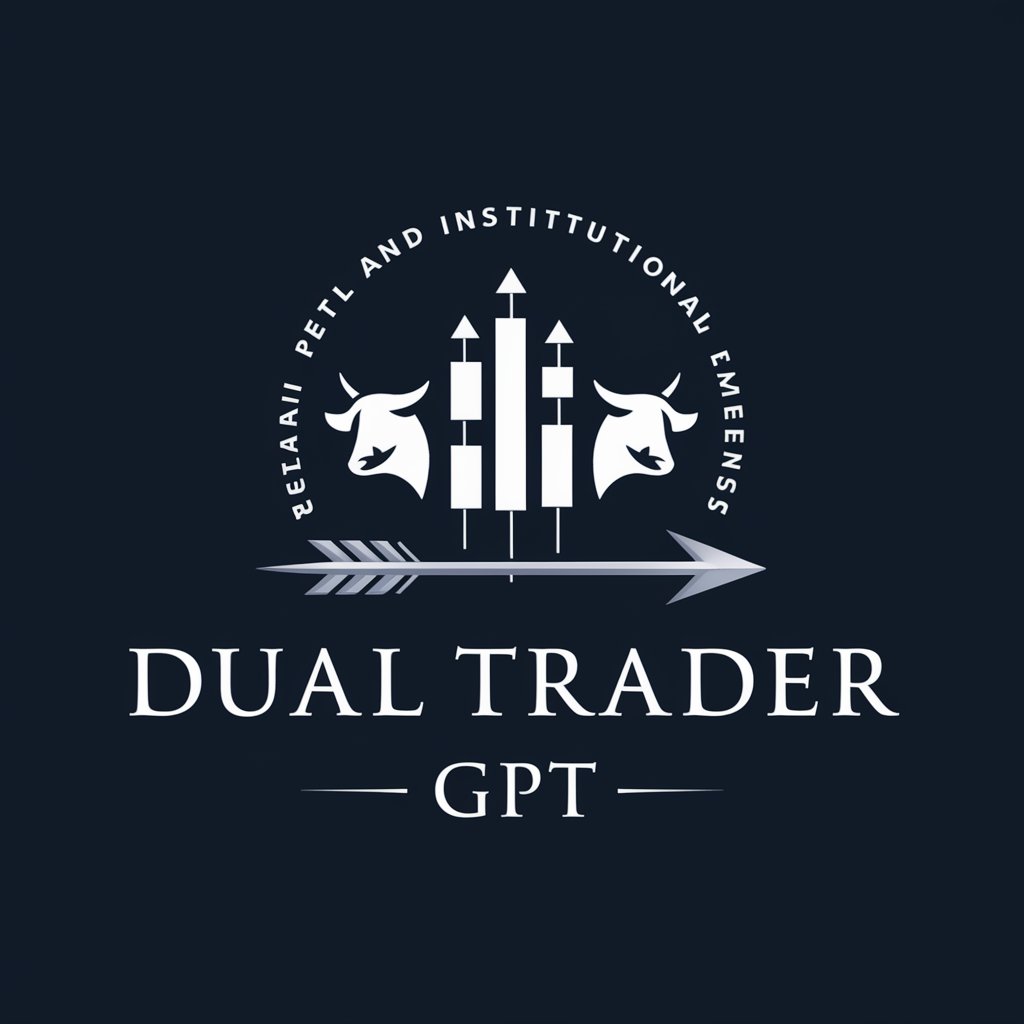Anti-Money Laundering Analyst - AI-powered AML Analysis

Hello, ready to tackle financial crimes together?
Empowering AML Compliance with AI
Analyze a recent case study of money laundering and identify key red flags.
What are the latest developments in AML regulations globally?
Provide strategies to enhance transaction monitoring systems in financial institutions.
Discuss the ethical considerations in financial crime prevention.
Get Embed Code
Introduction to Anti-Money Laundering Analyst
An Anti-Money Laundering (AML) Analyst plays a pivotal role in the financial industry's fight against money laundering and terrorism financing. The primary design purpose of an AML Analyst is to identify, investigate, and mitigate the risks associated with illicit money flows through various financial institutions and systems. They achieve this by scrutinizing transactions, identifying suspicious activities, and ensuring compliance with global and local regulatory frameworks. For example, an AML Analyst might analyze a series of high-volume transactions from a high-risk jurisdiction, looking for patterns that suggest money laundering, such as structuring transactions to avoid reporting thresholds or inconsistent transaction behavior with a customer's known profile. Powered by ChatGPT-4o。

Main Functions of Anti-Money Laundering Analyst
Transaction Monitoring
Example
Analyzing unusual patterns of transactions that deviate from a client's typical banking behavior.
Scenario
A scenario might involve detecting a series of rapid, high-value wire transfers between accounts in different jurisdictions, which could indicate layering, a common money laundering technique.
Customer Due Diligence (CDD) and Enhanced Due Diligence (EDD)
Example
Conducting background checks on new clients or deep-diving into existing clients' profiles when red flags are detected.
Scenario
In the case of a politically exposed person (PEP) opening a new account, an AML Analyst would perform EDD, examining the source of the individual's wealth and monitoring account activity more closely.
Regulatory Compliance and Reporting
Example
Ensuring adherence to AML regulations by filing reports, such as Suspicious Activity Reports (SARs), to relevant authorities.
Scenario
If an investigation uncovers transactions linked to a sanctioned entity, an AML Analyst would file a SAR and possibly freeze the accounts involved, following legal and regulatory guidelines.
Training and Awareness
Example
Educating staff within the institution on AML policies, recognizing suspicious activities, and the importance of compliance.
Scenario
Organizing workshops or online training sessions for new employees on identifying the red flags of money laundering and the correct procedures for escalating concerns.
Ideal Users of Anti-Money Laundering Analyst Services
Financial Institutions
Banks, credit unions, and other depositary organizations utilize AML Analysts to protect against financial crimes and ensure regulatory compliance. These institutions benefit from the Analyst's expertise in detecting and reporting suspicious activities, thereby safeguarding their operations and reputation.
Regulatory Bodies
Government and international regulatory agencies engage AML Analysts for insights and expertise in developing, implementing, and refining AML regulations and strategies. Analysts assist in interpreting transaction patterns and trends, contributing to policy making and regulatory enforcement actions.
Non-Financial Businesses and Professions
Entities outside the traditional banking sector, such as real estate firms, legal practices, and dealers in high-value goods, also require AML services. These users benefit by ensuring their operations do not inadvertently facilitate money laundering, thus maintaining legal compliance and ethical standards.

How to Use Anti-Money Laundering Analyst
Initiate your journey
Begin by navigating to yeschat.ai for a complimentary trial that requires no sign-up or subscription to ChatGPT Plus, ensuring immediate access.
Familiarize with features
Explore the tool's dashboard to understand its features, including transaction monitoring, risk assessment, and reporting functionalities for comprehensive anti-money laundering (AML) analysis.
Configure settings
Adjust the settings according to your specific AML analysis needs, such as setting thresholds for transaction alerts and customizing risk parameters.
Analyze transactions
Utilize the tool to analyze financial transactions, employing its advanced algorithms to identify potentially suspicious activities that may indicate money laundering.
Review and report
Regularly review the analysis results and generate reports on suspicious activities, ensuring compliance with AML regulations and facilitating informed decisions.
Try other advanced and practical GPTs
Joi ~ AI girlfriend
Empowering Emotional Connections through AI

Sofie AI Girlfriend®
Your AI-powered companion for every moment

Olivia - Soulmate AI Girlfriend
Empowering Connections with AI

AI Girlfriend 1.2
Your AI-powered conversation companion.

AI Girlfriend Guide
Empowering Your Love Life with AI

The #1 Virtual AI Girlfriend - Ava
Your engaging, personalized virtual companion

Institutional Investor GPT
AI-driven investment insights at your service

Customer Persona Sim
Simulate institutional perspectives on Ethereum staking.

INVENTE
Empowering public sector knowledge with AI.

AI 질적연구: 제도적 문화기술지(Institutional ethnography) 분석
Unveiling the Invisible: AI-powered Institutional Insights

Especialista em Polícia Comunitária
AI-powered Community Policing Advisor

institution/retail trader bot.
Empowering traders with AI-driven market insights.

FAQs About Anti-Money Laundering Analyst
What is Anti-Money Laundering Analyst?
Anti-Money Laundering Analyst is an AI-powered tool designed to assist financial institutions in detecting and reporting activities that may indicate money laundering. It automates the analysis of financial transactions, highlights suspicious activities, and supports compliance with AML regulations.
How does the tool identify suspicious transactions?
The tool employs advanced algorithms and machine learning models to analyze transaction patterns, cross-reference them with known money laundering indicators, and flag transactions that deviate from the norm or match risky profiles.
Can it integrate with existing financial systems?
Yes, Anti-Money Laundering Analyst is designed to seamlessly integrate with existing financial monitoring systems, enhancing their capabilities with AI-driven insights for more effective detection of suspicious activities.
Is the tool customizable according to different regulatory environments?
Absolutely, the tool offers flexible settings that can be adjusted to meet the specific regulatory requirements and risk thresholds of various jurisdictions, making it adaptable to global financial institutions.
What kind of reports can be generated?
The tool facilitates the generation of detailed reports on suspicious activities, including transaction histories, patterns, and potential risks, which can be submitted to regulatory authorities or used for internal audits.
